Frequently Asked Questions
1. What are the main types of knives discussed in the blog?
2. What materials are considered high-quality for making knives?
3. What is the difference between forged and stamped knives?
4. Why is a knife's handle quality important?
5. How can I maintain the quality of my knives?
If you're anything like most cooking enthusiasts, you understand that having the right tools can make all the difference in the kitchen. One of the most crucial tools for any chef or home cook is a good knife. But how do you differentiate between a quality knife and one that's merely average? In this guide, we’ll explore how to identify quality in knives, particularly focusing on Chef Knives & Sets. By the end of this article, you'll be equipped with the knowledge to select the best knives for your culinary adventures.
Understanding Knife Types
Before diving into quality indicators, it’s essential to understand the different types of knives available. Each knife serves a specific purpose and is designed based on the tasks it needs to perform. Some of the most common types include:
- Chef Knife: An all-purpose blade ideal for chopping, dicing, and mincing.
- Paring Knife: Great for peeling and detailed work.
- Serrated Knife: Perfect for bread and other foods with a hard exterior and soft interior.
- Fillet Knife: Designed for filleting fish with precision.
- Utility Knife: A versatile tool for assorted tasks, balancing size and agility.
Knowing the types of knives and their uses can help you identify what quality means regarding Chef Knives & Sets.
Key Features of Quality Knives
To pick a quality knife or knife set, there are several features you should pay close attention to:
Material
The type of material used to create a knife significantly impacts its quality. Most high-quality knives are made from:
- High-carbon stainless steel: This type offers a great balance of durability and sharpness, resisting rust and staining.
- Damascus steel: Known for its stunning patterns, this steel is not only beautiful but also offers exceptional strength and flexibility.
- ceramic: Lightweight and resistant to corrosion, ceramic knives maintain sharpness for a longer period but are generally more fragile.
When shopping for Chef Knives & Sets, always inquire about the materials used. The quality of the steel can greatly affect your cooking experience.
Weight and Balance
Another critical aspect of a quality knife is its weight and balance. A good knife should feel comfortable in your hand. It should have sufficient heft to cut through various ingredients easily without feeling cumbersome. When you hold the knife, it should feel balanced. Poorly balanced knives can lead to fatigue and poor technique.
Blade Edge and Grind
The edge and grind of the blade greatly influence a knife's performance. Here are the primary types of edge grinds:
- Classic V-Grind: This is the most common edge, featuring tapered sides leading to a sharp point, ideal for general use.
- hollow ground: This design provides excellent sharpness and is typically used for precision slicing.
- Sabred edge: Featuring a curve, this edge allows intricate cutting and increased control.
For Chef Knives & Sets, look for knives with well-honed edges that can maintain sharpness with regular use.
Construction Methods
The construction of knives plays a vital role in their longevity and usability. Here are some common construction methods:
Forged vs. Stamped
Knives can be either forged or stamped. Forged knives are made from a single piece of steel, giving them extra strength and better balance. Stamped knives, on the other hand, are cut out of a larger sheet of steel and can be less expensive. They are lighter and often easier to handle for some cooks, but they may lack durability compared to forged knives.
Full Tang
A full tang knife features a blade that extends through the entire handle. This design provides better balance and control, making it a preferred choice for professional chefs. In contrast, partial tang knives may be less stable and more prone to breakage.
Handle Quality Matters
Never underestimate the importance of a good handle. A high-quality handle should provide a firm grip, reduce slippage during use, and feel comfortable in your hand. Here are some handle materials typically used:
- Wood: Offers a classic feel but may require more maintenance.
- Plastic: Durable and non-slip but can be less aesthetically pleasing.
- Composite materials: These provide a perfect blend of durability, comfort, and design.
When assessing Chef Knives & Sets, look for handles that complement the blade quality. Remember, a great knife is only as good as the handle that supports it.
Price vs. Value
Quality knives often come with a higher price tag, but it is critical to differentiate between cost and value. Investing in a high-quality knife can save you money in the long run, as they tend to last longer and require less frequent replacement. When shopping for knives, set a budget that reflects the importance of quality and think about how much you will use each knife. The right knife can increase efficiency in the kitchen, ultimately save time and enhance the culinary experience.
Brand Reputation and Warranty
A reputable brand often indicates quality craftsmanship. Before making a purchase, research brands known for producing high-quality kitchen knives. Reading customer reviews and seeking recommendations from fellow cooking enthusiasts can help guide your selection.
Additionally, consider whether the brand offers a warranty for their products. A manufacturer who stands behind their knives will likely produce high-quality items, ensuring you have support if any issues arise.
Care and Maintenance Tips
Even the best knives require proper care to maintain their quality. Here are some tips to ensure your Chef Knives & Sets stay in pristine condition:
- Hand wash: Avoid the dishwasher as it can damage the blade and handle.
- Dry immediately: After washing, dry your knives to prevent corrosion.
- Sharpen regularly: Invest in a good honing steel and learn how to sharpen your knives properly.
Caring for your knives is just as important as selecting them. A responsible owner significantly extends the longevity of their kitchen tools.
Practice Makes Perfect
Finally, the true test of quality lies in your experience with the knife. Take the time to practice using your knives. The more you handle them, the more you’ll understand their strengths and nuances, leading to an even more enjoyable cooking experience. Over time, the right Chef Knives & Sets will significantly improve your cooking skills and efficiency.
In your pursuit of excellence in the kitchen, understanding how to identify quality in knives is essential. Remember to evaluate the materials, craftsmanship, and care associated with your blades, and you’ll be well on your way to carving out culinary masterpieces. Happy cooking!









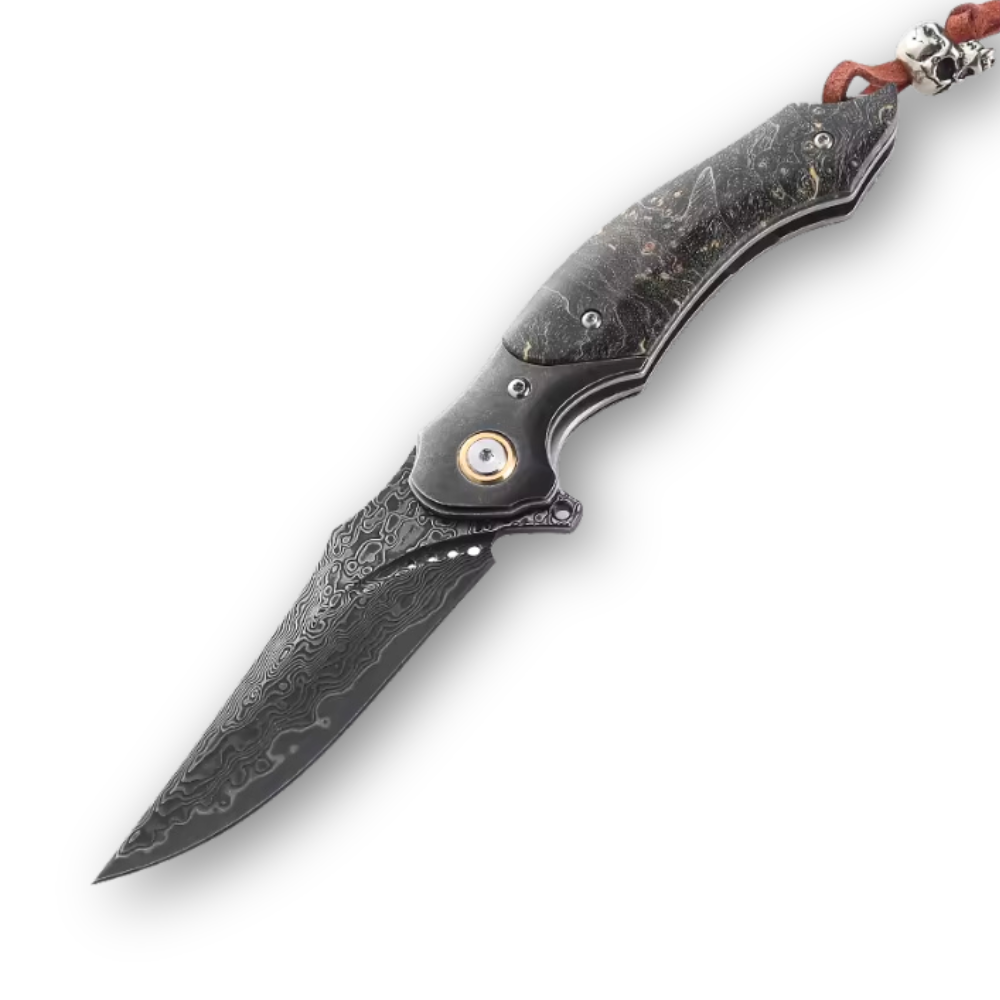










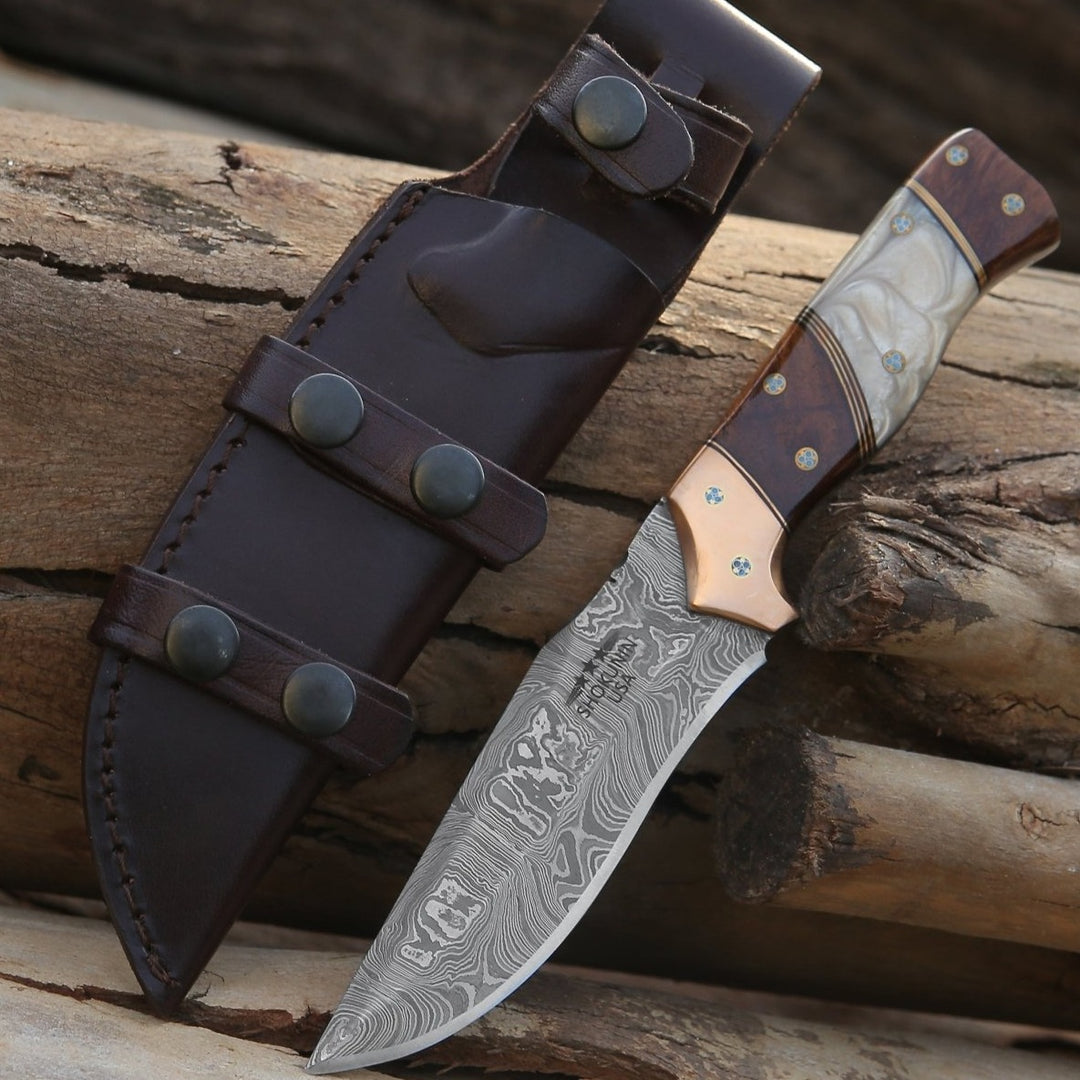
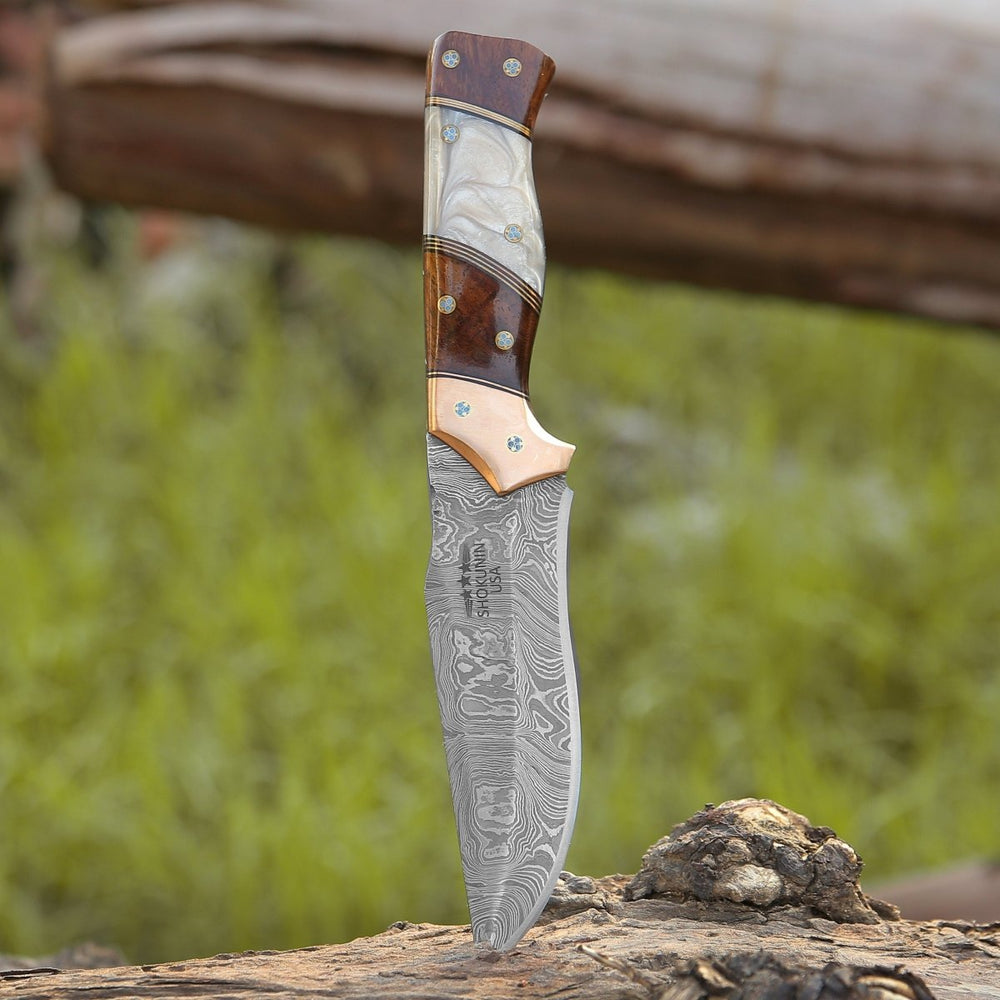


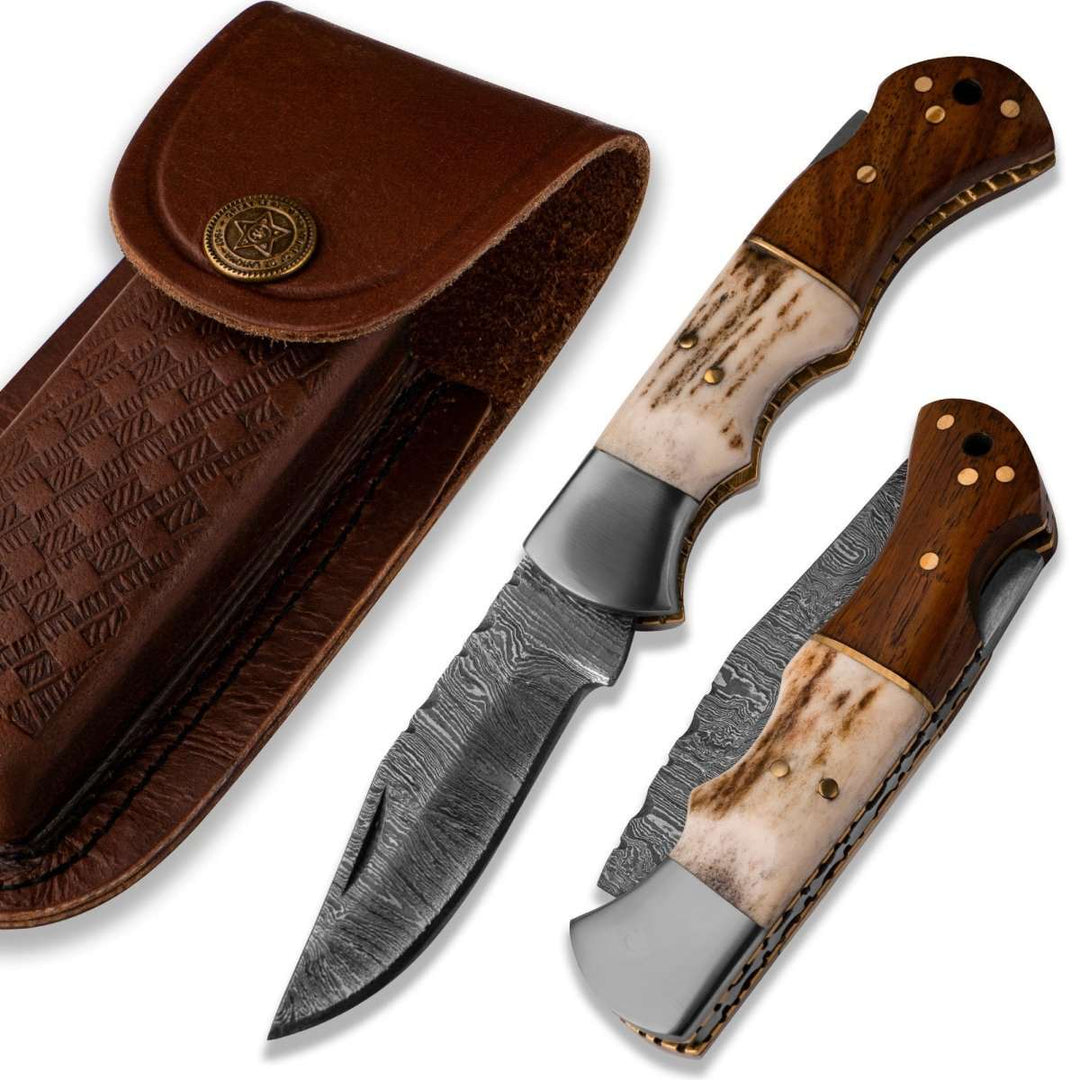
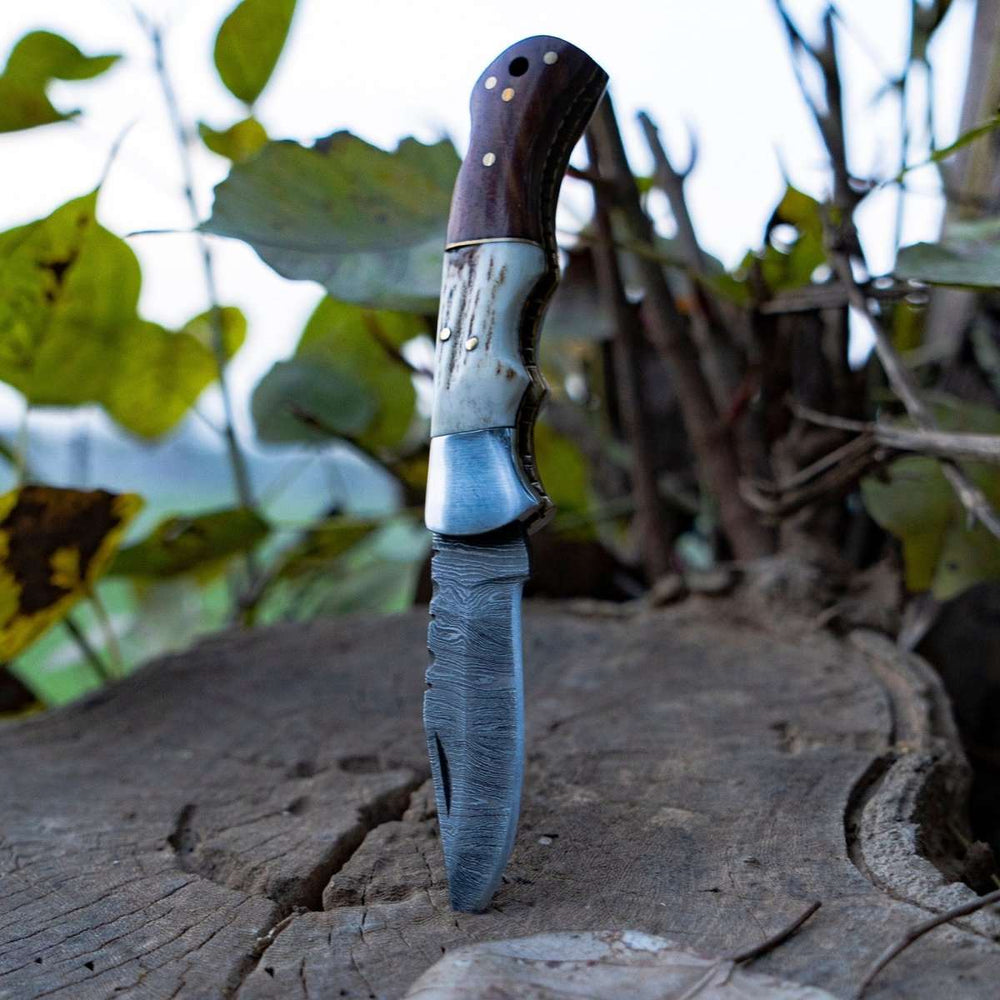




Leave a comment